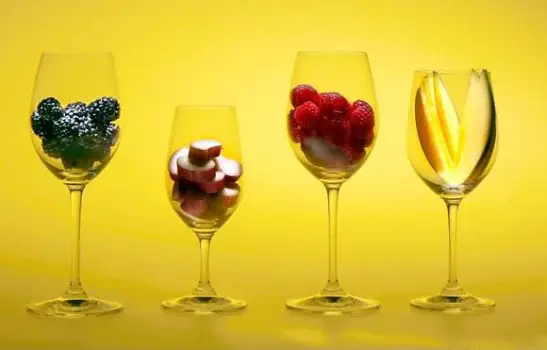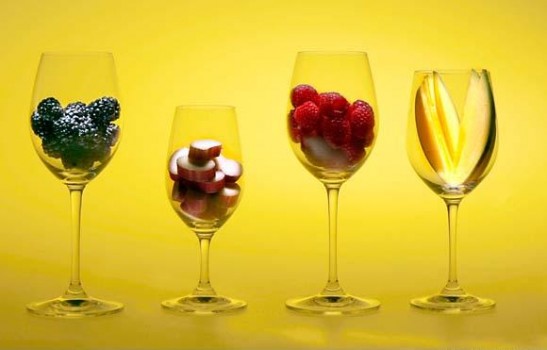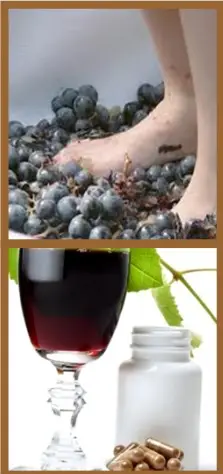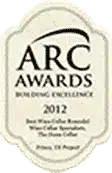Besides grapes, there are many other fruits that can be made into surprisingly delicious wines. Wine collectors, often with whole room residential custom wine cellars dedicated to their collections are finding these can make a great addition to the diversity of their collections.
Just about every country in the world has at least one winery that produces alternative fruit wines. There are locations all around the world, such as Massachusetts in the USA, where grapes can’t grow due to their climate.
Crops typically used in making fruit wines include apples, plums, raspberries, cherries, peaches, blackberries, pineapples, pears, and even watermelons. Should you attempt to make these types of wines yourself it’s important to make sure you pick overripe fruits but avoid those with too many bruises.
Fruit wines can be made from any plant matter capable of being fermented. In order to achieve the desired taste and aroma, some of these products need honey or sugar to be added to them. Fruit winemaking involves many of the same techniques used in making grape wines. When made commercially there is a machine that gets rid of the stalks and washes off the bugs etc. and in some wineries, the juice is separated from the skins through a crusher.
The fruit juice is then put into a fermenting container. Yeast can be found naturally in some fruits (such as grapes) and can also be produced through laboratory processes on other fruits. Yeast consumes the available sugar in juice and converts that sugar into 50% alcohol. The process called Chaptalization helps increase the alcohol content of the finished wine.
The fermentation process then begins. Most winemakers leave the pulp in the juice for the first 7 days to add character and deepen the wine’s color.
In the process of making fruit wines, there are necessary adjustments that must be made to the acidity of the fruit juice, the amount of fruit used per gallon, and the amount of available sugar. Sometimes, tannin or acid must be added to balance the taste, thus producing great tasting fruit wines at the standard you expect for your wine cellar.
The wine-making hydrometer is a device that not only helps determine the amount of sugar in your juice but the amount of sugar needed to provide the sweetness you want in your wine and the amount of alcohol that sugar can produce as well.
Typically non-grape-based wines cannot be stored for a very long time. Some need to be consumed within 12 months of their products because they lack the natural yeast present in grapes. This potentially limited aging and life span should be taken into account when racking in your wine room. In order to promote further fermentation, phosphorus, nitrogen or potassium must be added.
An example of fruit wine is plum wine, which is famous in Korea and Japan. Other popular fruit wines include pineapple wine, cherry wine, banana wine, raspberry wine, and apple wine.
Fruit wines are perfect for any occasion, an excellent addition to your wine rooms‘ selection and can provide unique flavors and aromas. You can even make fruit wines at home by following simple winemaking processes.




















